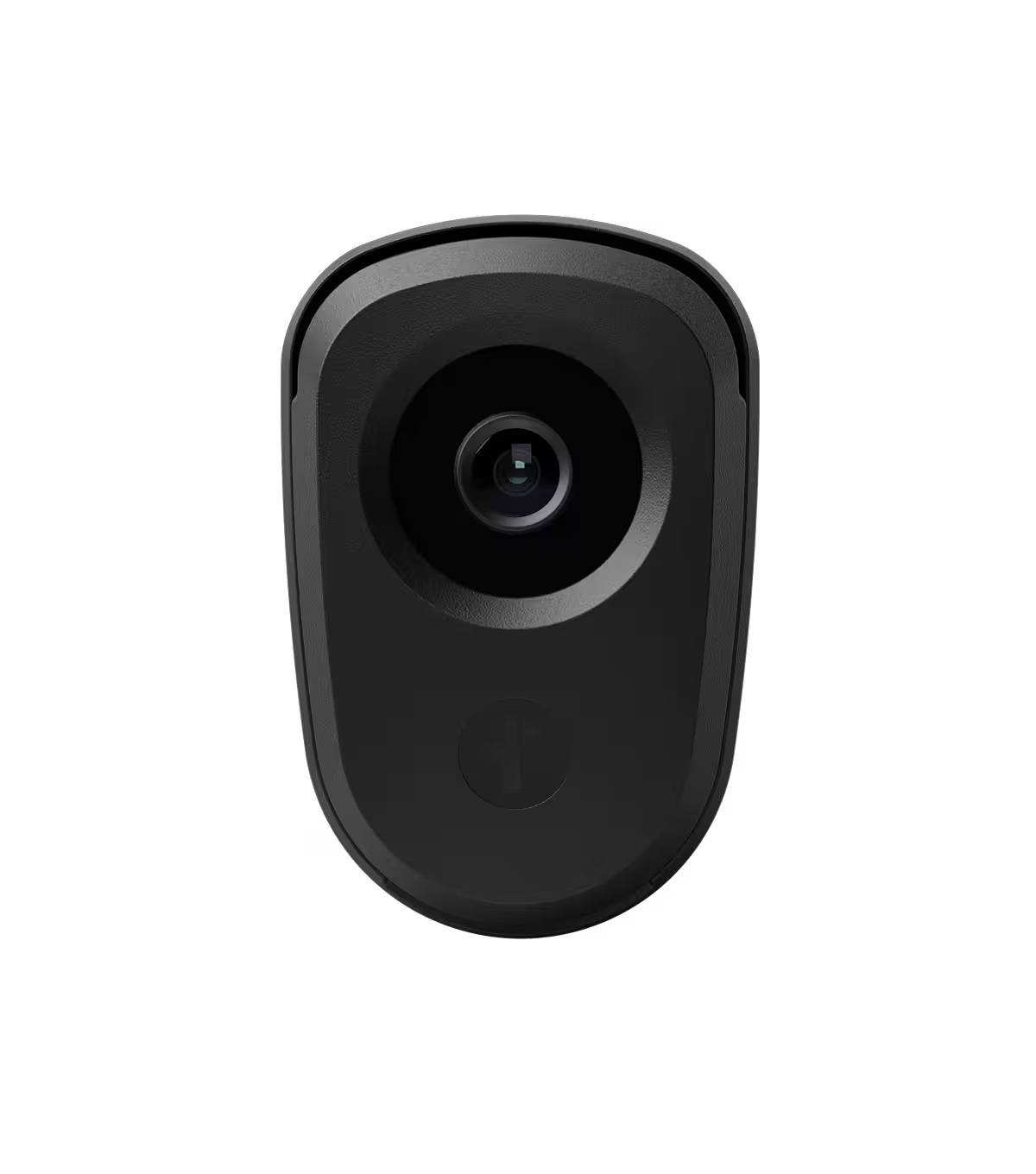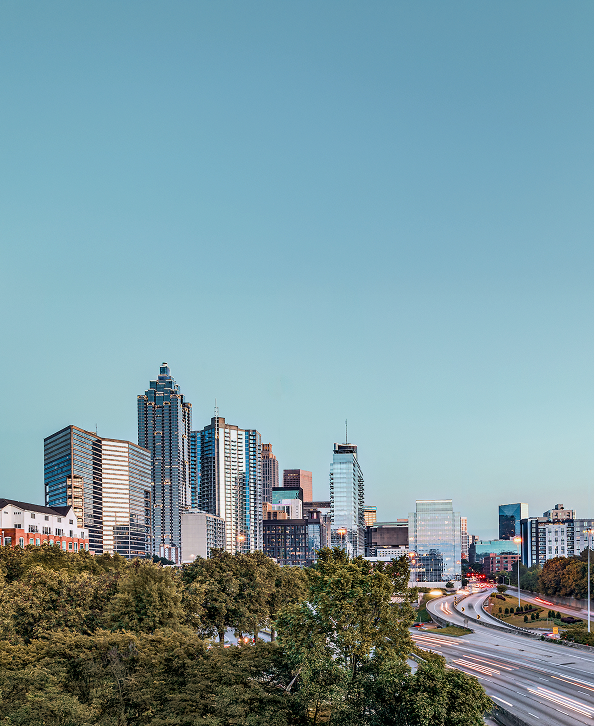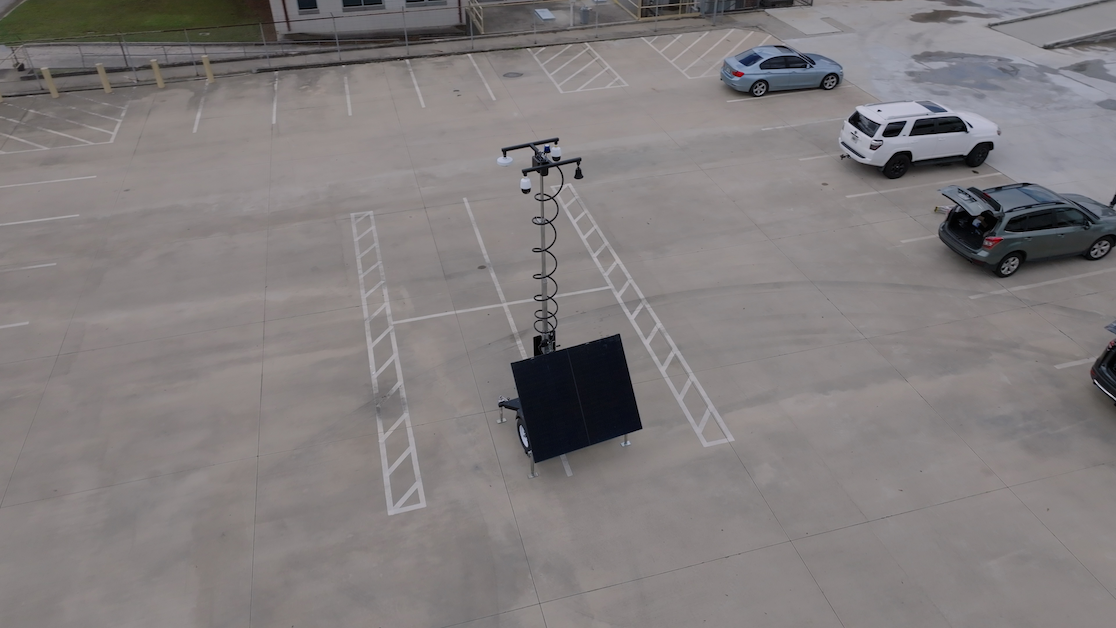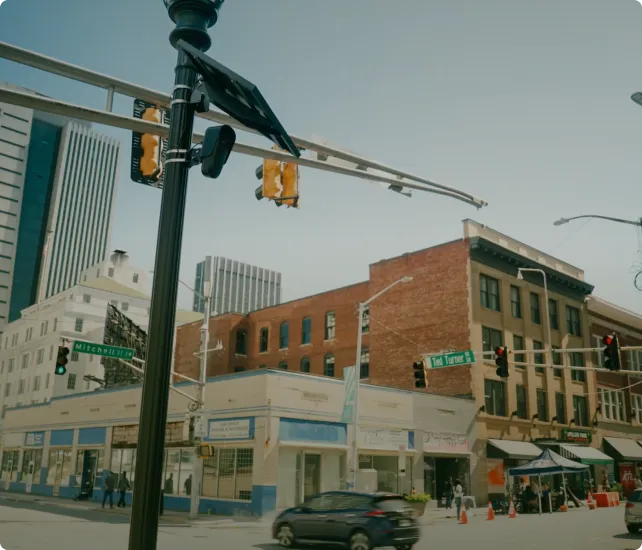


Inside New Orleans’ Real-Time Crime Center: A Model of Resilience, Innovation and Public Safety
When most people think of New Orleans, what comes to mind are images of vibrant culture—music, food, and Mardi Gras. But beyond the festivities lies a sophisticated public safety infrastructure that helps the city welcome over 18 million visitors annually. At the center of it all is the Real-Time Crime Center (RTCC), a unique and forward-thinking model that sets a new standard for public safety operations.
In a recent conversation recorded inside the RTCC, hosts Jamie and Dalton spoke with Ross Bourgeois, Director of Public Safety Support for the City of New Orleans. Director Bourgeois manages the RTCC and offers a detailed look into how New Orleans leverages technology, collaboration, and public trust to protect its residents and visitors.
A Center Born from Necessity
The RTCC was launched in 2017 following a spike in violent crime connected to major college football events. Pressure from the hospitality sector led city leadership to take action, resulting in a partnership with the Convention Center District to create a comprehensive public safety initiative. The RTCC emerged as a central element of that plan.
What makes the center especially distinctive is its placement outside the police department’s organizational structure. This intentional design enables the RTCC to serve the broader needs of public safety, supporting not only law enforcement but also fire services, emergency management, and public works.
Whether it’s assessing structural damage during storms or helping paramedics reach patients more efficiently, the RTCC takes an all-hazards approach from the start. This is critical in a city built below sea level and regularly at risk for flooding and hurricanes.
A City Built to Host and Protect
New Orleans, a city with fewer than 400,000 residents, frequently hosts more than a million people during major events. This requires a level of coordination and planning that few cities can match. The RTCC plays a key role in making that possible.
The center is far more than a network of security cameras. It serves as a command and intelligence hub that supports situational awareness across city departments. With near-complete camera coverage in areas like the French Quarter and near the Caesars Superdome, the RTCC helps public safety officials respond quickly and effectively during large-scale events.
Communication between agencies is seamless thanks to the statewide radio system, LWIN (Louisiana Wireless Information Network). This allows mutual aid units from anywhere in Louisiana to plug into operations without delay, enhancing coordination during emergencies and large gatherings.
Trust and Transparency
Despite the high number of cameras deployed throughout the city, New Orleans enjoys strong community support for its public safety infrastructure. As Director Bourgeois noted, residents often thank technicians during camera installations. For many, the presence of public safety cameras offers a sense of security rather than concern.
Importantly, the city positions these cameras as tools for public safety, not surveillance. This distinction is at the heart of the RTCC’s philosophy and helps build trust with both residents and visitors.
Responding to Tragedy with Preparedness and Compassion
On January 1, 2025, New Orleans experienced a significant mass casualty event in the early morning hours. Unlike many crime centers that shut down after business hours, the RTCC was fully staffed and able to begin supporting first responders immediately.
Over the following two weeks, the RTCC played a critical role in supporting the FBI and local investigators with video evidence. Nearly every member of the RTCC’s staff contributed to the response in some way. The emotional toll of such work was substantial, leading the center to take swift action to care for employee wellness.
Peer counselors, chaplains, social workers, and even comfort dogs were brought in to help staff cope with the psychological effects of the incident. According to Director Bourgeois, this kind of support is essential. The traumatic scenes witnessed by RTCC personnel require the same care and attention typically afforded to first responders in the field.
Building a Movement, Not Just a Facility
The RTCC is not only a local success but also a catalyst for national collaboration. Director Bourgeois, along with other leaders including Jamie and Dalton, helped found the National Real Time Crime Center Association (NRTCCA). Their goal was to provide guidance and community for others interested in building similar operations.
They emphasize that no two centers should look exactly alike. Agencies should tailor their crime centers to fit local needs rather than attempt to replicate models from other cities. In fact, Director Bourgeois insists that even a single person with access to CAD, a radio, and some camera feeds can perform meaningful real-time crime center work.
The Bottom Line
New Orleans’ Real-Time Crime Center represents a model of innovation, resilience, and intentional design. Through interagency cooperation, advanced technology, and a commitment to community trust and employee wellness, the city has built a public safety infrastructure that meets the demands of modern urban life.
As Director Bourgeois put it,
“Just because we do it differently doesn’t make us better. Every crime center should respond to the needs of its own community.”
For cities looking to strengthen their public safety capabilities, New Orleans offers not only a blueprint but also a reminder that lasting success begins with purpose, people and adaptability.





Contact us
Discover how communities across the country are using Flock to reduce crime and build safer neighborhoods.

.webp)




.webp)




